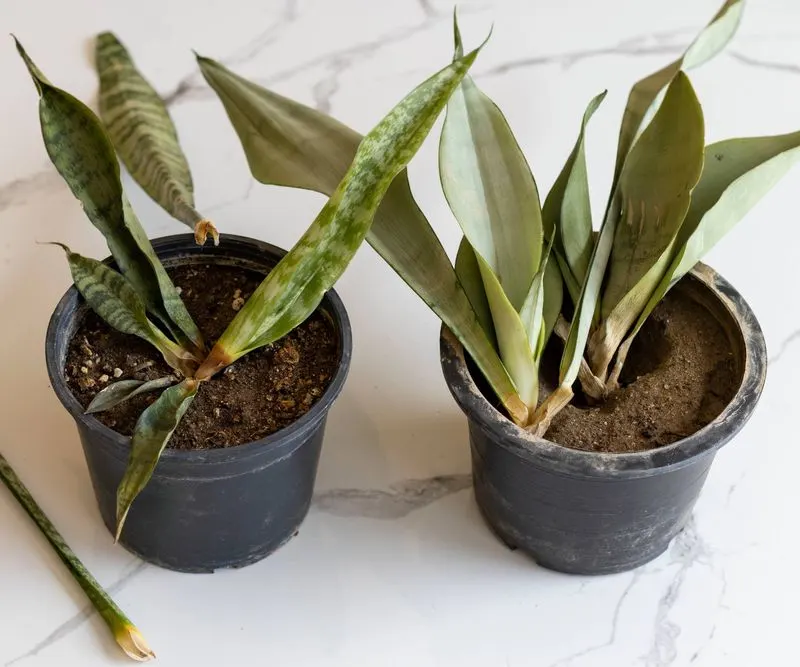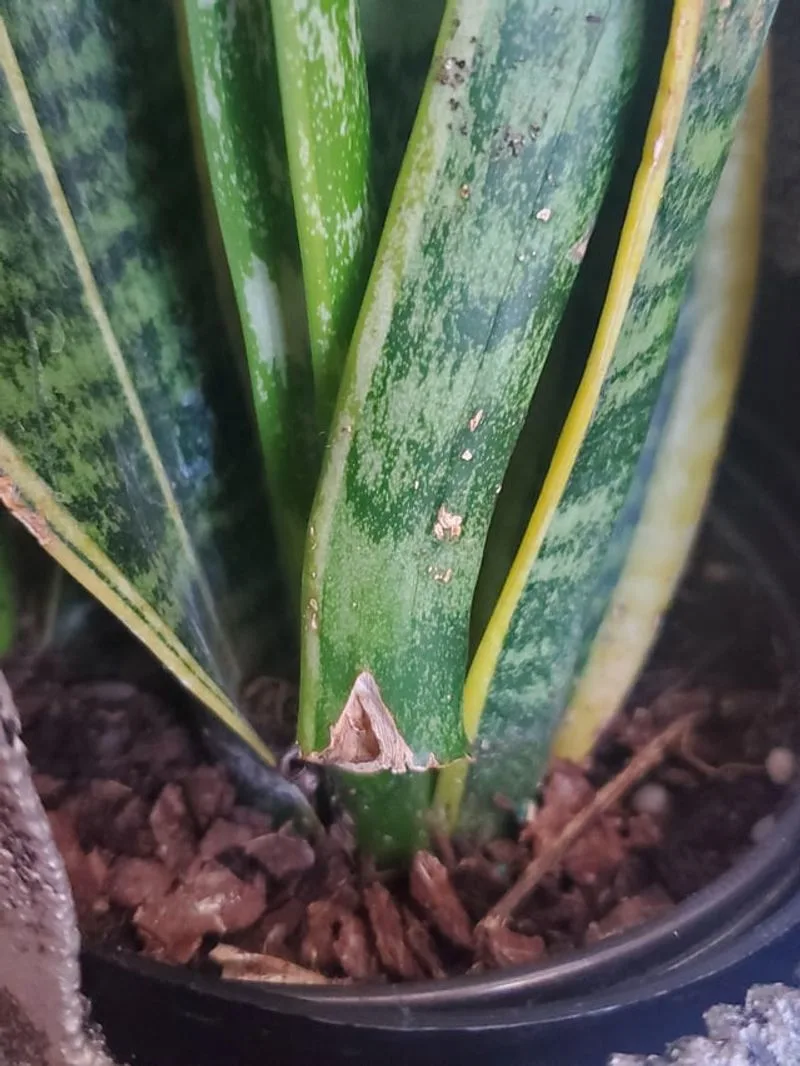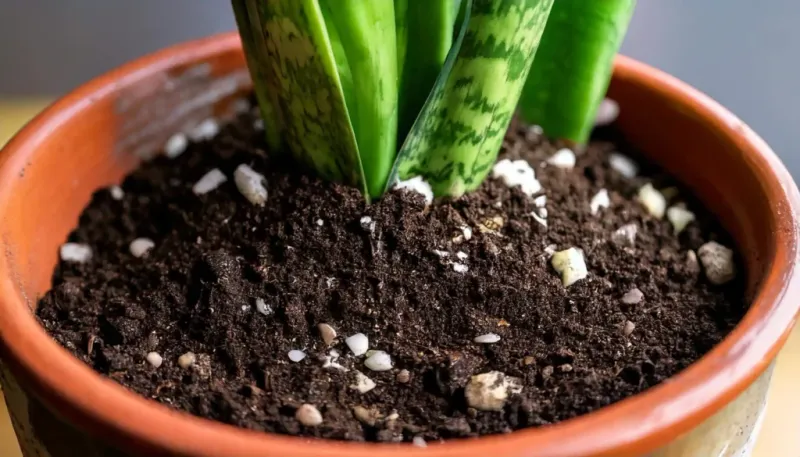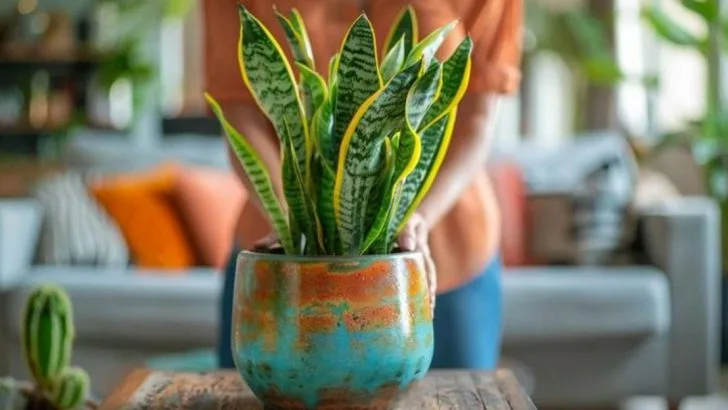Snake plants aren’t the indestructible legends you think they are! You’ve heard the hype: “Ignore it forever, and it still looks great.” But let me burst that bubble—neglect can turn your skinny, architectural stunner into a sad, lanky mess. Overwatering? Roots rot in days. Underwatering? Leaves shrivel like paper in a furnace. Wrong light? Those bold stripes fade into boring green. And those “tough as nails” claims? Barking up the wrong pot. Sudden drafts send it into shock. Cheap soil? It screams for nutrients it never gets. Pests? Mealybugs love to throw a party in your leaves. Ready to treat your snake plant like the drama queen it secretly is? You’ll learn the delicate dance of light, water, and feeding schedules—no more guessing games. Give it the care it demands, and watch it reward you with sculptural glory. Your snake plant’s survival story starts here.
Sensitivity to Overwatering

Though resilient, the snake plant is highly sensitive to overwatering. It has thick, succulent-like leaves that store water, making it susceptible to root rot if hydrated too often. Imagine the frustration of seeing those once vibrant leaves turning mushy!
In low light conditions, the plant’s water needs decrease significantly. Therefore, one must be cautious about watering frequency, especially during winter months.
Observing the plant’s behavior and adjusting accordingly is key. For many, remembering to water less rather than more becomes a surprising challenge.
Temperature Sensitivity

Snake plants can be remarkably intolerant to cold temperatures. Despite their hardy reputation, they thrive best in warm environments.
Exposure to temperatures below 50°F can result in chilling injuries. The plant’s vibrant green leaves may become discolored or develop unsightly scars.
Moving them away from drafty windows or unheated areas during winter is essential. Homeowners often underestimate this sensitivity, leading to unexpected setbacks.
Light Requirements

While snake plants are often praised for their ability to thrive in low light, they actually prefer bright, indirect sunlight. In dim conditions, their growth can stall, and leaves might lose their vibrant color.
Placing them near windows, but out of direct sunlight, can enhance their health and appearance.
It’s a fine balance; too much direct sun can scorch their leaves, while too little light stunts their growth. Finding the right spot is often trickier than it seems.
Pest Attraction

Despite the reputation for being pest-resistant, snake plants can fall victim to various pests. Spider mites and mealybugs are common culprits. These tiny invaders can go unnoticed until significant damage is done.
Regular inspection can help catch infestations early. A magnifying glass might become a gardener’s best friend!
The battle against these pests often requires persistence and multiple treatments, dispelling the myth of an entirely carefree plant.
Soil Compatibility

Choosing the right soil for snake plants is crucial yet frequently overlooked. They favor well-draining soil similar to cactus mixes.
Dense or water-retentive soils can suffocate their roots, leading to rot. It’s essential to repot them in the appropriate mix to ensure healthy growth.
For many, the realization comes too late, as the plant’s decline becomes apparent. This aspect of care underscores the need for thoughtful planning and attention.

